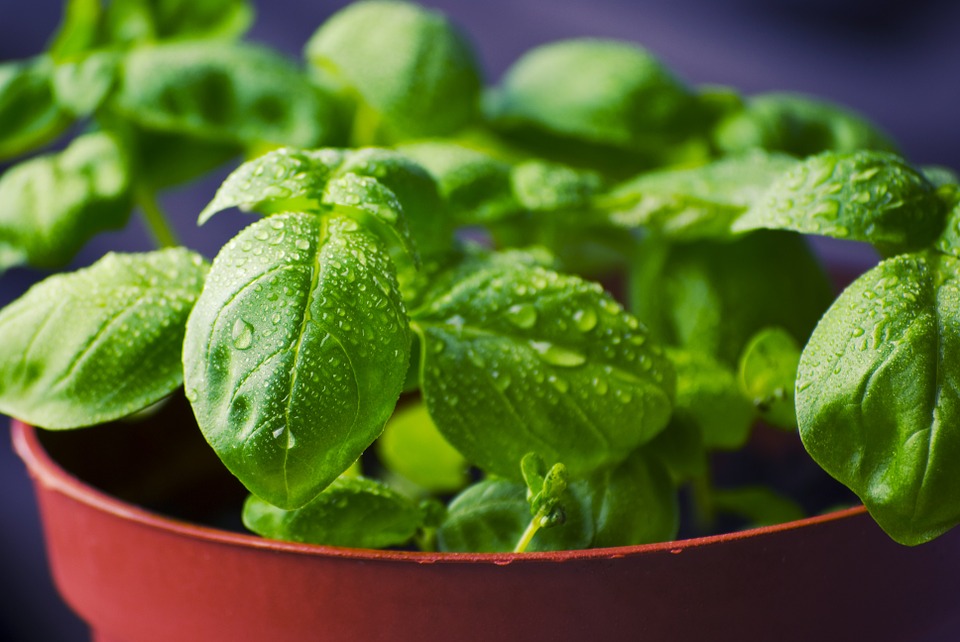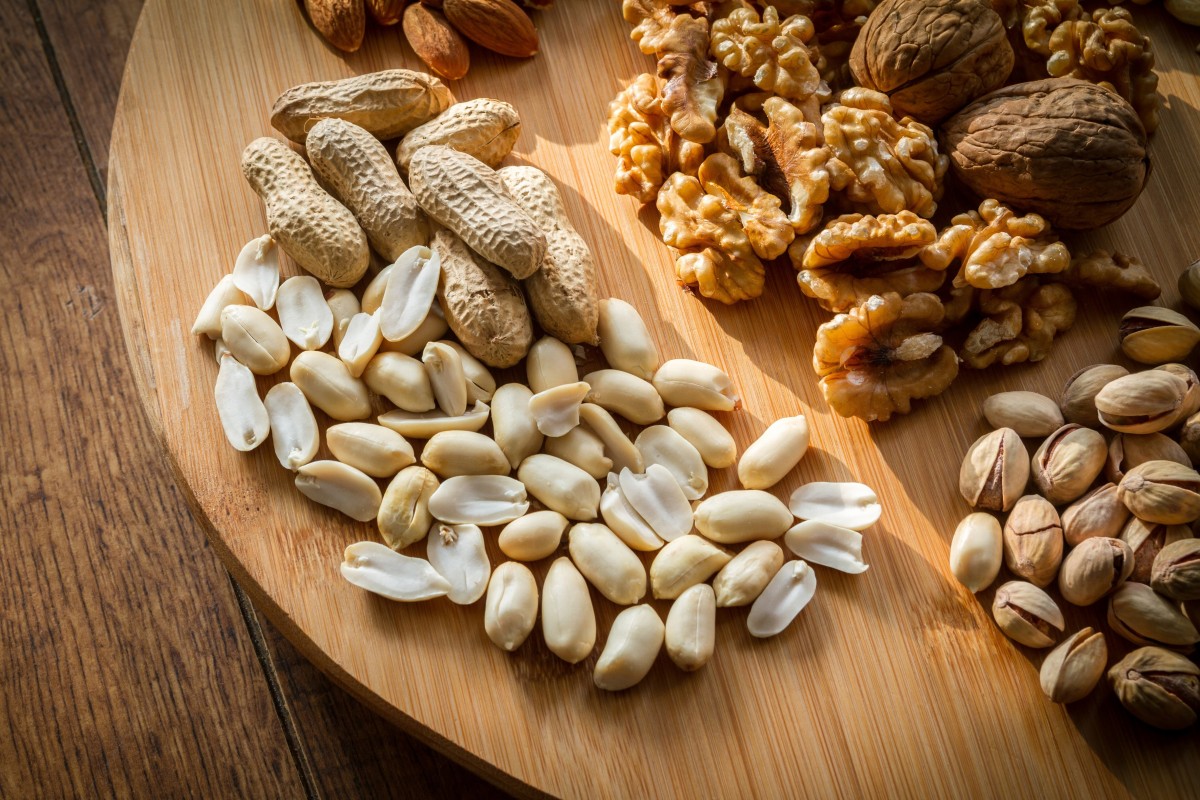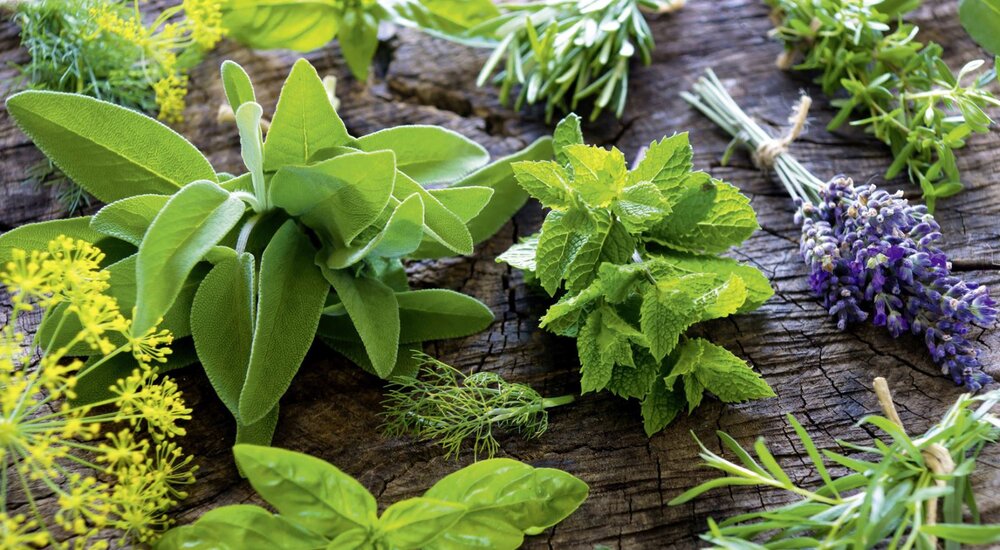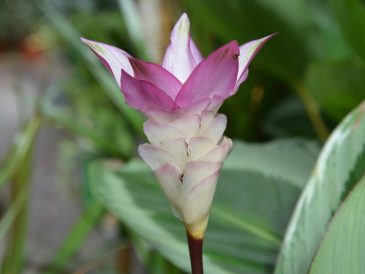The vast majority of aromatic plants are easy to grow. Moreover, they do not need ample space because an indoor garden or a vegetable patch is enough. Basil, rosemary, thyme, mint, parsley, lavender, laurel … can be used in culinary preparations or as natural remedies. Here are some aromatic herbs that can be grown together.
Thyme, Rosemary, Savory and Sage
These aromatic plants are Mediterranean herbs. They appreciate the sun and can be grown in sufficiently drained but relatively dry and poor soil, for example, a substrate of sand and pozzolan. Planted in the same place, these herbs are an ideal combination for the decoration of your garden.
Thyme
Thyme is a plant that falls into the shrub category. It has considerable therapeutic virtues and is commonly used to relieve numerous pathologies such as respiratory infections, rheumatism, skin affections, etc. It also finds its place in Provencal cuisine.
The maintenance of thyme is relatively simple. Indeed, this herb needs little watering. On the other hand, it must be pruned regularly to avoid overgrowth. This also favors the growth of young stems that will be used in cooking or herbal tea.
Rosemary
Like thyme, rosemary falls into the shrub category. It improves digestion, stimulates the nervous system, and acts on the renal and urinary systems. Consumed in infusion, it helps fight fatigue, nervousness, and low blood pressure. In cooking, rosemary enhances the taste of stews, soups, and sauces. It is also used to flavour grilled meat.
This plant should be exposed to the sun and placed in a well-ventilated place to avoid the formation of fungus. Concerning the maintenance, it is recommended to add a natural fertilizer once a month. Watering is only necessary when the soil is dry.
Summer Savory
Savory is not often used in cooking, but it has many health benefits. It is a plant rich in minerals and vitamins that helps strengthen the immune system. Savory is a shrub. It likes sunny places and requires little maintenance except regular watering.
Sage
It is renowned for its medicinal virtues; sage helps relieve stomach aches and intestinal infections. For women’s health, this herb promotes conception and facilitates childbirth. In the kitchen, sage goes wonderfully with white beans and potatoes.
There are several varieties of sage, but it is best to choose those with small leaves whose scent is similar to that of pineapple, banana, or apple.
Chives and Basil
Frequently used in French dishes, chives and basil are among the annual aromatic plants. They love the classic universal soil, fresh and humid.
Chive
Rich in vitamins and minerals, chive helps with deficiencies. Moreover, it promotes blood circulation and the elasticity of the vessels. It is often used in omelets, green salads, or incorporated into mayonnaise and sauces.
Chives do not require any particular maintenance, and it should only be watered in case of drought. To ensure the production of new stems, it is necessary to cut the old ones flush with the ground three times during the summer.
Basil
This plant is known for its numerous therapeutic virtues. It is antioxidant, antibacterial, and antispasmodic. An essential ingredient in French gastronomy, basil goes well with sauces, salads, pasta, eggs, and tomatoes.
Greedy in water, the basil appreciates strongly regular watering. Indeed, it must be watered every day except during rainy days. To prevent the appearance of fungus, it is also necessary to avoid soaking the foliage and to favor morning watering.





